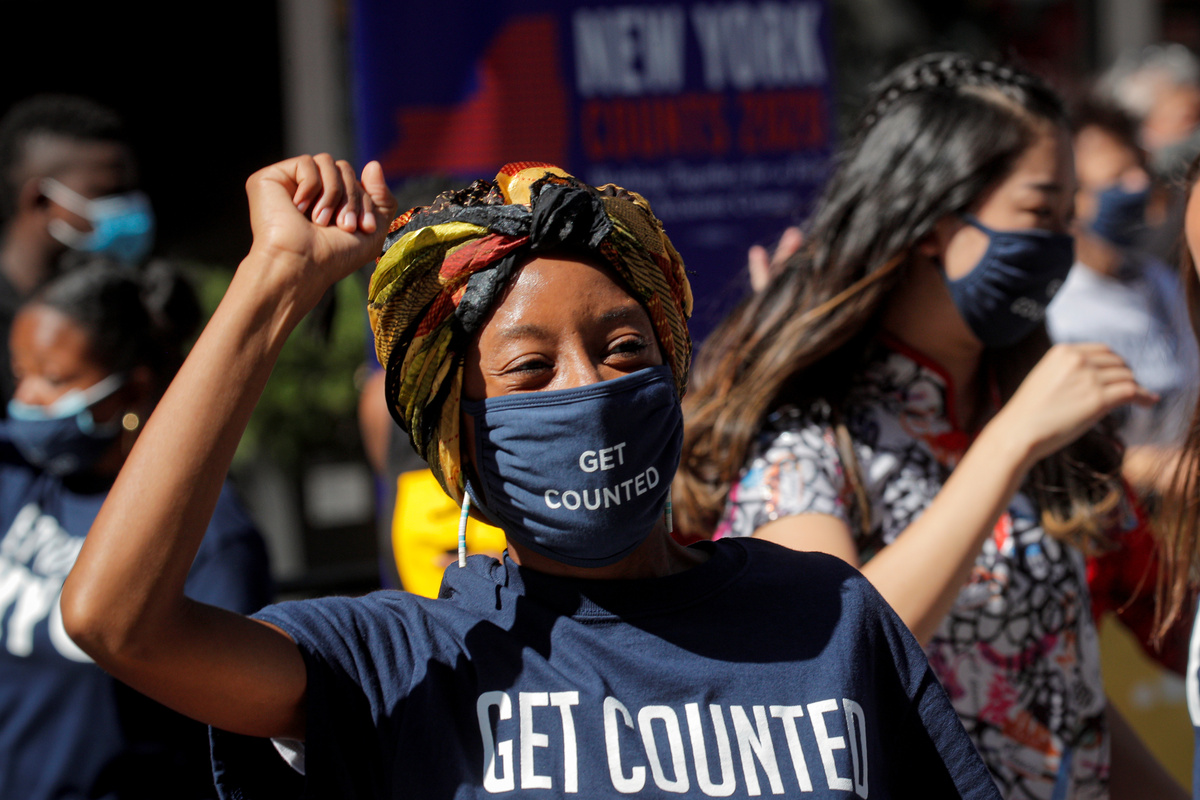
[ad_1]

Dancers perform during a promotional event for the U.S. census in New York City’s Times Square in September 2020.
Brendan McDermid/Reuters
hide caption
toggle caption
Brendan McDermid/Reuters

Dancers perform during a promotional event for the U.S. census in New York City’s Times Square in September 2020.
Brendan McDermid/Reuters
Last year’s approximately $14.2 billion census likely undercounted people of color at higher rates than those of the previous once-a-decade tally, an Urban Institute study released Tuesday suggests.
Researchers at the Washington, D.C.-based think tank say that while the Census Bureau may have continued to overcount people who identified as white and not Latino, it also likely failed to count some 2.5 million people in other racial and ethnic groups.
The Urban Institute estimates that nationwide, the net undercount rates by race or ethnicity were highest for Black people (2.45%), Latinx people (2.17%) and Pacific Islanders (1.52%). The estimated net undercount rates for Asian Americans and Native Americans were each less than a percent.
The study, which cites NPR’s reporting, also finds last year’s net undercount rate for children under 5 (4.86%) is likely higher than what is considered the bureau’s most reliable 2010 estimate. The net undercount rate for renters may have almost doubled over the past decade to 2.13%, and for households with noncitizens, that rate may have been as high as 3.36%.
The Urban Institute’s method for calculating the national head count’s accuracy is different from what the Census Bureau uses. The think tank’s new figures come months before the bureau is set to start releasing its over- and undercount estimates from a follow-up survey for a census that was disrupted by the coronavirus pandemic and interference from former President Donald Trump’s administration, including a failed push to add a citizenship question.
“In a decennial census where there was a lot of uncertainty, I think it’s increasingly important to have external benchmarks on census data so we know, for example, if states need to rethink how they allocate resources within their state,” Diana Elliott, one of the Urban Institute report’s co-authors, says of how each state’s share of federal funding is determined in part by census results.
To produce their estimates, researchers with the Urban Institute used census participation rates, national survey results and other data to simulate results of last year’s national head count.
One of the report’s advisers — Robert Santos, who is the Urban Institute’s chief methodologist — is also President Biden’s nominee for Census Bureau director.
[ad_2]
Source link

